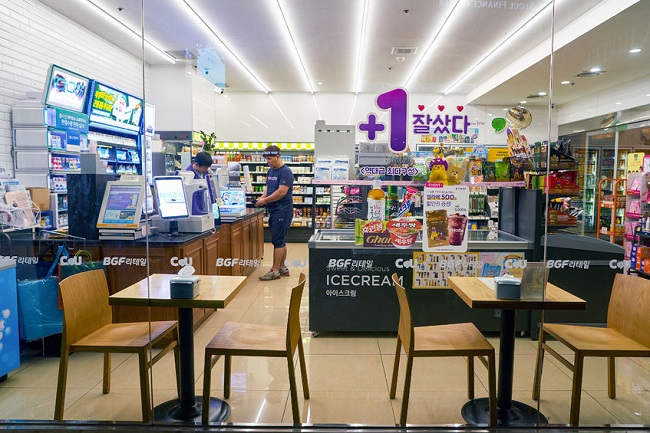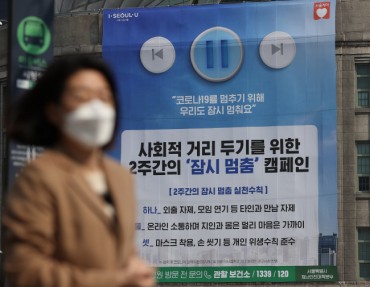
The higher the number of convenience stores, the more teenagers were exposed to the risk of obesity. (Image:Kobiz Media)
SEOUL, Jan. 15 (Korea Bizwire) — Teenagers living near convenience stores are more exposed to the risk of obesity, a recent study revealed.
The Korea Institute for Health and Social Affairs reported on Tuesday that obesity among teenagers is influenced by multiple variables including the area of residence, individual, and family practices.
The institute collected individual data from 4,240 high school students from the Korean Children and Youth Panel Survey conducted from 2013 to 2015 and analyzed it based on different levels of poverty and urban environment in each of the 66 cities, counties, and districts.
The results showed that convenience stores were the only variable with a correlation with obesity among high school students.
On average, there were 65.7 convenience stores per 100,000 people, ranging between 32.2 and 150.3 stores depending on the region.
The higher the number of convenience stores, the more teenagers were exposed to the risk of obesity.
“A higher number of convenience stores contributes to increased consumption of carbonated drinks, sugar, and baked goods, which raises the risk of obesity among teenagers,” the report said.
While fast food vendors also serve what is regarded as unhealthy food, a correlation between fast food vendors and obesity could not be found.
In terms of individual practices, spending longer hours playing games, watching television, videos, DVDs, and playing with smartphones increased the risk of obesity.
The report explained that video games cause stress, encouraging the player to eat an excessive amount of food, while playing with smartphones cuts down physical activity, which further exposes teenagers to the risk of obesity.
The amount of exercise, however, did not affect obesity among teenagers.
In terms of family practices, the risk of youth obesity dropped with higher household income.
A poor economic environment prevents access to exercise facilities and encourages members of a household to stay physically inactive by resorting to watching television and other means, resulting in a higher risk of obesity, the report argued.
“Teenagers spending long hours on the sofa are further exposed to the risk of obesity. We need to come up with measures that encourage physical activity,” the report emphasized.
“The fact that the number of convenience stores in a neighborhood affects youth obesity can also indicate that easier access to healthy food can lower the risk of obesity. We need to establish an environment where teenagers can easily acquire fresh fruits and vegetables.”
H. M. Kang (hmkang@koreabizwire.com)






